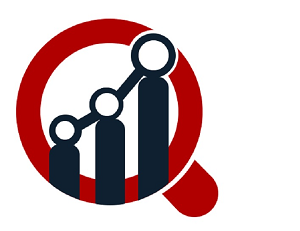-
Fil d’actualités
- EXPLORER
-
Pages
-
Groupes
-
Blogs
-
Forums
4PL Market Analysis Revenue Share Analysis, Region & Country Forecast

In today’s fast-paced global economy, supply chain efficiency has become a critical factor for business success. While third-party logistics (3PL) providers have long been central to outsourcing logistics operations, a new model—Fourth-Party Logistics (4PL)—is emerging as the next evolution in supply chain management. A 4PL provider goes beyond traditional logistics services by taking full responsibility for the design, management, and optimization of the entire supply chain network.
Key Functions and Benefits
A 4PL provider typically manages procurement, inventory, transportation, distribution, and even reverse logistics. They use advanced digital tools—such as artificial intelligence, data analytics, and real-time tracking systems—to monitor supply chain performance and implement continuous improvements. By consolidating all logistics processes under one strategic umbrella, companies can achieve greater transparency, reduce costs, and enhance customer satisfaction.
One of the major advantages of adopting a 4PL model is strategic control. Businesses no longer need to manage multiple logistics partners or systems. Instead, the 4PL oversees every component, ensuring seamless coordination and eliminating inefficiencies. This holistic approach is particularly valuable for large enterprises with complex, global supply chains that require synchronization across multiple regions and service providers.
4PL vs. 3PL
The difference between 3PL and 4PL lies in their scope and level of control. While a 3PL executes logistics tasks like shipping and warehousing, a 4PL designs, manages, and continuously optimizes the supply chain ecosystem itself. In essence, a 3PL handles operations, whereas a 4PL serves as a strategic orchestrator—overseeing all logistics partners and technologies to achieve end-to-end optimization.
As supply chains become more digital, global, and interconnected, the 4PL model is set to play a pivotal role in helping organizations stay competitive. By integrating technology, data-driven insights, and strategic management, 4PL providers transform logistics from a cost center into a source of competitive advantage. For businesses aiming to achieve agility, efficiency, and visibility, embracing 4PL is not just a smart choice—it’s the future of logistics management.
- Art
- Causes
- Crafts
- Dance
- Drinks
- Film
- Fitness
- Food
- Jeux
- Gardening
- Health
- Domicile
- Literature
- Music
- Networking
- Autre
- Party
- Religion
- Shopping
- Sports
- Theater
- Wellness

